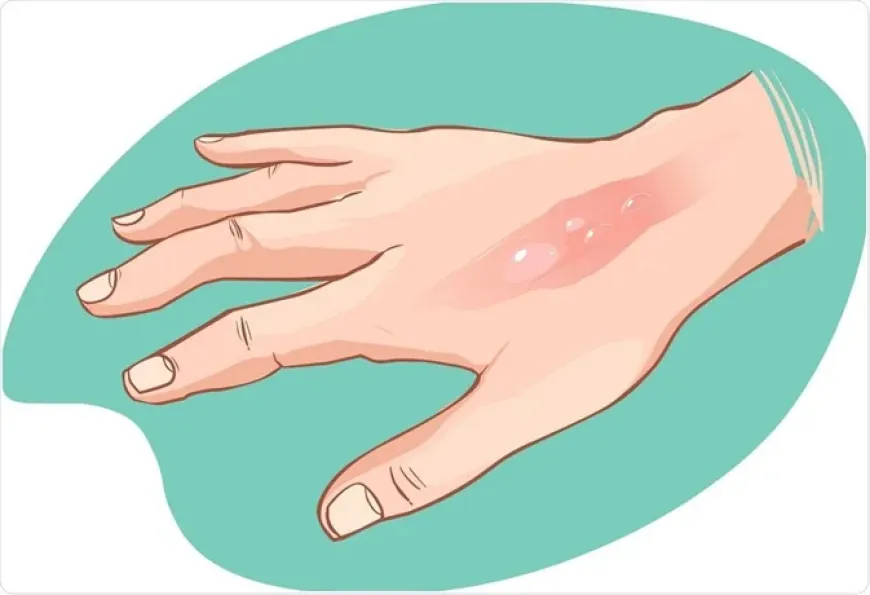Why Does a Burn Leave Marks on the Skin That Never Go Away?
From Heat to Healing: Understanding Burn Scars and Their Persistence.

Why Do Burn Scars Last? Understanding the Science
Introduction
Burn scars are the remnants of skin damage caused by heat. When you experience a burn, your skin cells die, triggering a repair process. During healing, the skin produces a fibrous protein called collagen. This collagen helps rebuild the damaged tissue, but it also leads to the formation of scars. These scars can vary significantly based on the severity of the burn and individual factors.
Types of Burn Scars
1. Superficial Burns (First-Degree):
o These burns affect only the outer layer of skin (the epidermis).
o They appear red and painful but do not blister.
o Superficial burn scars tend to fade over time.
2. Partial-Thickness Burns (Second-Degree):
o These burns reach the second layer of skin (the dermis).
o They are bright red, painful, and often blister.
o Some swelling may occur.
o Second-degree burn scars can be more prominent and take longer to fade.
3. Full-Thickness Burns (Third-Degree):
o These burns penetrate through the epidermis and dermis, sometimes even damaging muscles, tendons, and bones.
o Third-degree burn scars appear black, charred, or white.
o Nerve endings in severely burned tissue are destroyed, resulting in no sensation.
How Skin Types Affect Scarring
1. Fair Skin:
o People with fair skin tend to develop pink or red scars.
o Their scars may be less noticeable due to lighter pigmentation.
2. Dark Skin:
o Individuals with darker skin often develop darker-colored scars.
o Dark skin can also lead to pale scars due to pigment loss or thick keloid scars.
Types of Burn Scars
1. Hypertrophic Scars:
o Raised and textured scars.
o Common in severe burns, especially if the burn became infected or the person has a weakened immune system.
o May result from chronic inflammatory conditions.
2. Atrophic Scars:
o These scars create depressions in the skin.
o A burn can leave an atrophic scar.
3. Keloids:
o Thick, raised scars that may extend beyond the original injury site.
Scar Color
1. Hyperpigmented Scars:
o Darker than the surrounding skin.
o Caused by an overproduction of melanin.
2. Hypopigmented Scars:
o Look pale or white.
o Result from an underproduction of melanin.
Treatment Options for Burn Scars
1. Topical Creams and Ointments:
o Over-the-counter products can help reduce scar appearance.
o Ingredients like silicone can improve scar texture.
2. Non-Surgical Treatments:
o Massage Therapy: Helps break down scar tissue and improve blood flow.
o Pressure Therapy: Wearing compression garments controls scar development.
o Laser Therapy: Targets scar tissue and stimulates collagen remodeling.
3. Surgical Options:
o For deep or extensive scars, surgical procedures like scar revision may be considered.
Conclusion
In summary, burn scars may not completely disappear, but they do fade over time. The severity of scarring depends on the burn depth and initial treatment. By understanding the science behind burn scars and exploring various treatment options, individuals can manage their appearance effectively.
Remember, each person’s healing process is unique, so consult a healthcare professional for personalized advice. And as you navigate this journey, know that you’re not alone—many others have faced burn scars and found ways to embrace their healing process. ????
Disclaimer: This article is for informational purposes only and should not replace professional medical advice.
What's Your Reaction?








































